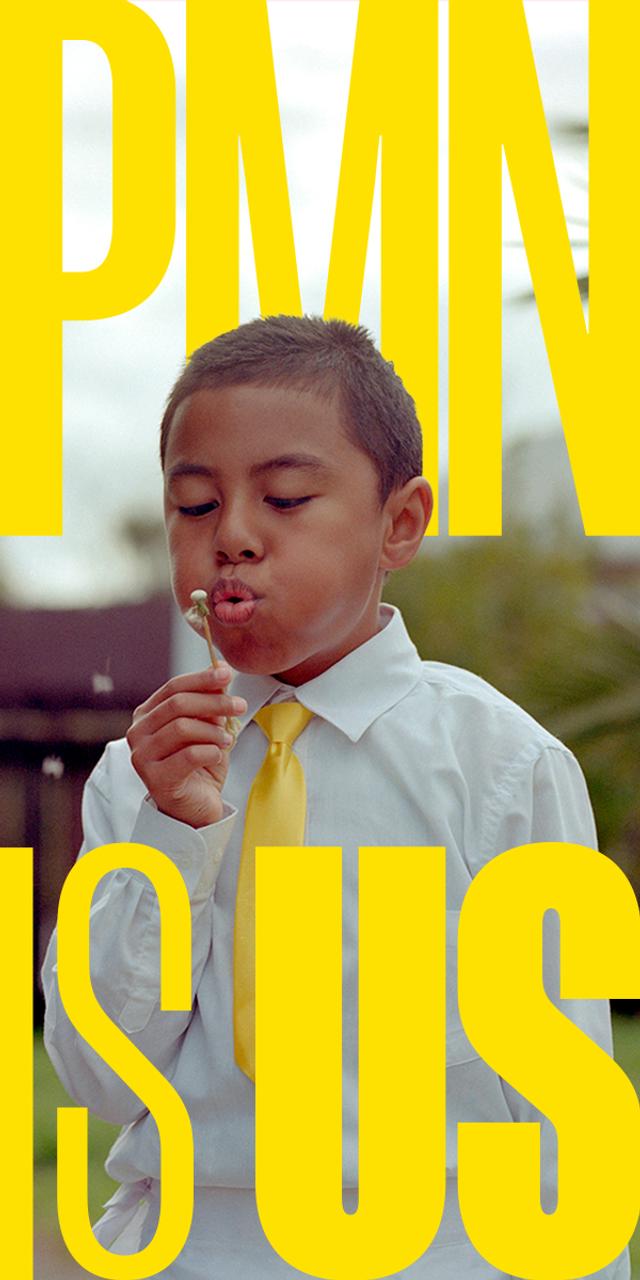

Sacked Fijian Education Minister Aseri Radrodro has been reinstated by Prime Minister Sitiveni Rabuka, three months after he was dismissed.
Photo/supplied
Coalition crisis: Was Fiji PM pressured to reinstate sacked cabinet minister?
Prime Minister Sitiveni Rabuka's coalition government in Fiji is facing challenges in holding together the fragile alliance including internal and cross-party tensions and waning public sentiment.
When Fijian Prime Minister Sitiveni Rabuka dismissed his Education Minister Aseri Radrodro for ‘insubordination and disobedience to his directive’ in January, the experts said the former military coup leader was trying to assert himself while keeping the fragile coalition government together.
Radrodro was sacked because he had terminated the appointments of three members of the Fiji National University Council against the advice of the solicitor-general and PM.
But last week, Rabuka reinstated Radrodro saying the Social Democratic Liberal Party (SODELPA) MP was only given a three-month suspension which concluded on 22 April.
The move has left many confused including Fijian political analyst Jope Tarai, of the Australian National University, who says Rabuka could have been pressured in his apparent U-turn.
Watch Jope Tarai’s full interview below.
Radrodro was replaced by Sodelpa leader Viliame Gavoka as education minister, but at its AGM last weekend, the party appointed Radrodro as its new head.
Tarai said Rabuka’s efforts to avoid looking weak when he sacked Radrodro may have made him just that with the new Sodelpa leader’s ministerial reappointment.
“The subsequent, I suppose you could call it miscommunication amongst the Prime Minister's Office and, of course, Minister for Education, which at the time, of course, caught their party off guard.
“It's similar now because he was dismissed at that particular point and in no uncertain terms, and it was reassigned to his party colleague to be the Minister for Education.
“The confusion is that the prime minister has backtracked on his decision by reinstating minister Radrodro, so there's a lot of confusion from what had happened last time to what has caused this about-turn-in decision.
“But it's obvious that the dynamics and the relationship of the coalition is what is determining how these decisions will turn out to be.”
Tarai said Rabuka’s decision had more to do with the “pressure of the coalition dynamics”.
He said there was a need to keep the coalition together and recognise that “Sodelpa has a particularly unique party structure.
“The party has a lot of directive towards the MPs in terms of the management board and over time, it's beginning to show that keeping the coalition together is something that's going to be a source of tension and stress and pressure in decision making.
“The prime minister has admitted that it was all his decision and that he had an interview talking about how it was about just being human and all of these decisions coming out at that time, human nature of reactions and what have you.

Prime Minister Sitiveni Rabuka, centre, with other coalition leaders from Sodelpa and the National Federation Party. Photo/supplied
“But I think over time, especially in the last three months, backroom discussions and meetings may have indicated very clearly to the prime minister that they need to keep the coalition together.
“Unhappy coalition partners would mean a lot of risks in parliament, especially seeing that they are hoping to complete these four years in the lead-up to the next elections quite successfully. If they need to keep that, they will need to keep their coalition partners on site.”
Fiji’s coalition government includes Rabuka’s People’s Alliance Party (PAP), Sodelpa, and the National Federation Party (NFP).
Tarai said Rabuka’s decision would have to be made within what was agreed as part of the coalition agreement.
“There are certain parties that can leverage their position quite strongly if they wish to do so and Sodelpa has demonstrated that. So going into the next elections, I think this incident and a series of incidents show that Sodelpa has a particular level of power within the coalition.
“However unpopular certain individuals can be, it still goes to show that the backtracking decisions or decisions that have been made demonstrate the ability for coalition partners to accept their positions if they wish to do so.”
Following its AGM, Sodelpa announced its commitment to the coalition, which Tarai said demonstrated the party’s “clear ability” to exercise a particular level of “urgency and perhaps control of power within the coalition”.
“Their statement having to affirm their commitment to the coalition, that they want to keep the coalition together. And having the ability to position one's interests or at least party interests.
“The appointment of Mr Radrodro as the party leader does speak to the shifting gears, especially within the management board and the working group or working committee that shows that there is a particular way in which the party sees itself in Fiji's politics, the transfer of leadership to somebody that's much younger and perhaps a bit more assertive in certain positions.
“It's going to mean a lot in terms of the dynamics with which the party is going to prepare for the 2026 elections. And that I think could either go well or it could go not so well.”




